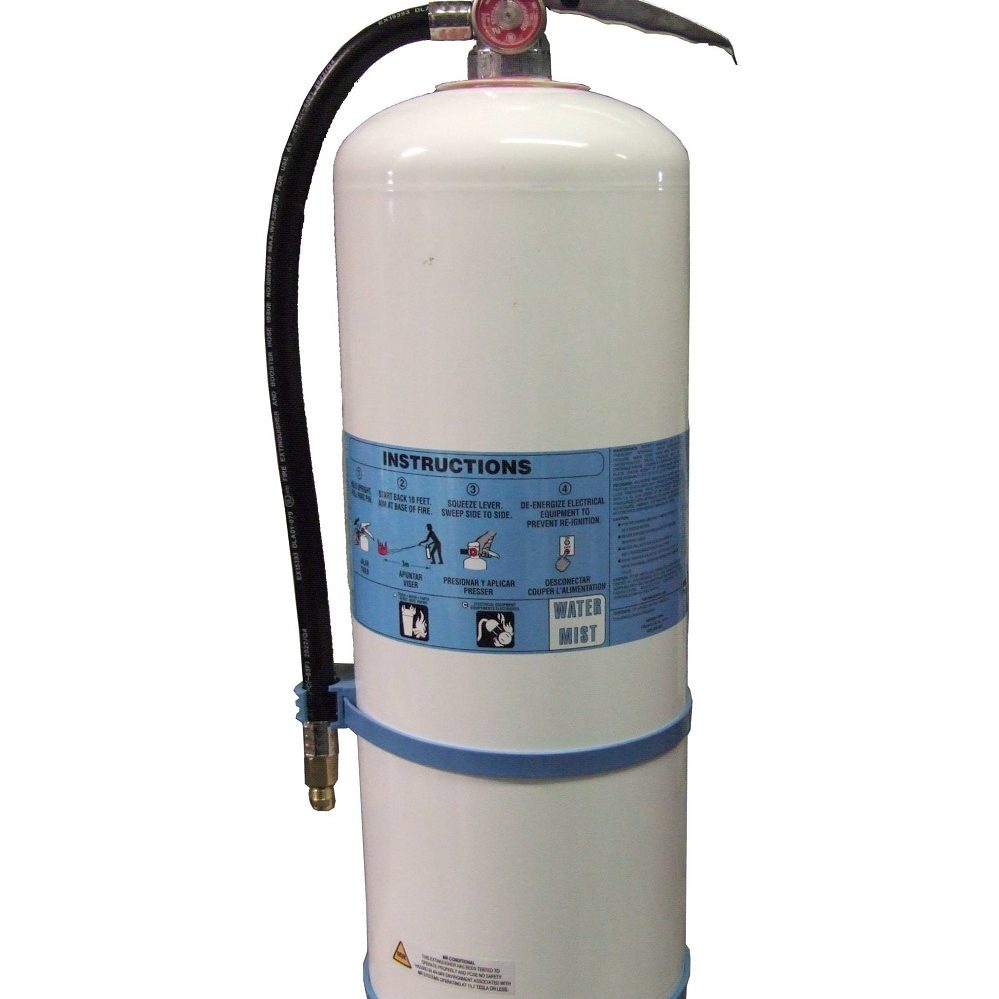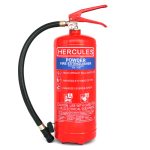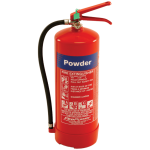Fire safety is crucial in any building, whether it’s a commercial space or a residential complex. The Americans with Disabilities Act (ADA) establishes guidelines to ensure that everyone, including individuals with disabilities, has easy access to fire safety equipment. Understanding ADA fire extinguisher height compliance is essential for facility managers, business owners, and property developers. This guide will break down the regulations, best practices, and essential considerations for installing fire extinguishers in compliance with ADA standards.
Introduction to ADA and its Impact on Fire Safety
The Americans with Disabilities Act (ADA) has made major strides in enhancing safety for all. This law ensures that people with disabilities have access to essential fire safety equipment like ADA fire extinguisher height and alarms.
The Evolution of Accessibility with the ADA
Passed in 1990, the ADA revolutionized the way we think about building accessibility. It aimed to remove barriers and empower individuals with disabilities to navigate and function independently in public spaces.
Scope of ADA for Public and Private Buildings
The ADA covers a wide range of buildings, from restaurants to schools. It sets out clear rules for making facilities friendly to people with disabilities. Complying with these rules helps ensure everyone can reach safety in an emergency.
ADA Exceptions for Specific Facilities
Not all buildings fall under the ADA. For instance, private clubs and religious organizations have some exemptions. Understanding these nuances is key for building owners to ensure compliance.

Understanding ADA Standards for Mounted Objects
Creating an accessible environment includes examining how objects mount on walls. This is crucial in public spaces where people with disabilities must move with ease. The ADA provides clear standards for this.
Requirements for Protruding Objects in Public Spaces
The ADA sets rules for objects that stick out from walls or hang. These objects must not block or hurt people with sight loss. Everything must be high enough not to hit someone’s head but also detectable with a cane.
For items between 27 inches and 80 inches off the floor, they must not stick out more than 4 inches into paths. Anything below this must be detectable by a cane, but there is no limit to how far it can protrude.
These standards ensure that everyone can move around without facing unexpected obstacles.
Specifics for Detectable Objects in the Hazard Zone
The ADA defines a ‘hazard zone’ as the area between 27 and 80 inches from the ground. In this zone, objects on walls pose a risk to visually impaired individuals. The ADA guidelines tackle this issue head-on.
Items in the hazard zone need to have a small profile. Ideally, they do not extend more than 4 inches from the wall. If there is a detectable object at a lower level, the higher object can project further.
This rule helps people with visual disabilities to navigate spaces safely. It prevents injury and ensures they can move around with confidence.
Best Practices for Mounting Fire Extinguishers
To meet ADA compliance and ensure safety, follow these best practices for mounting fire extinguishers.
Height and Weight Considerations for Fire Extinguishers
ADA guidelines do not set a specific fire extinguisher height. Keep these points in mind:
- Extinguishers under 40 pounds should have the top no more than 5 feet off the ground.
- For heavier extinguishers, the top should not exceed 3 and a half feet.
- The bottom must be at least 4 inches from the floor for all extinguishers.
These height and weight rules help all individuals, including those in wheelchairs, to access extinguishers easily.
Recessed Cabinet Versus Wall-Mounted Options
When choosing mounting options, consider these:
- Recessed cabinets that protrude less than 4 inches are ideal.
- Wall mounts or hooks should ensure the base of the extinguisher is within reach.
- The extinguisher’s location should not obstruct pathways or be a hazard.
Select a mounting method that allows the extinguisher to be accessible and visible.
Compliance with ADA and Fire Codes
To comply with both the ADA and fire codes:
- Ensure the fire extinguisher is in an easily accessible location.
- Make sure operable parts are within reach ranges specified by the ADA.
- Choose installation methods that abide by local fire regulations.
Compliance with these standards is crucial for safety and legality. Regularly review your practices to maintain adherence to regulations.
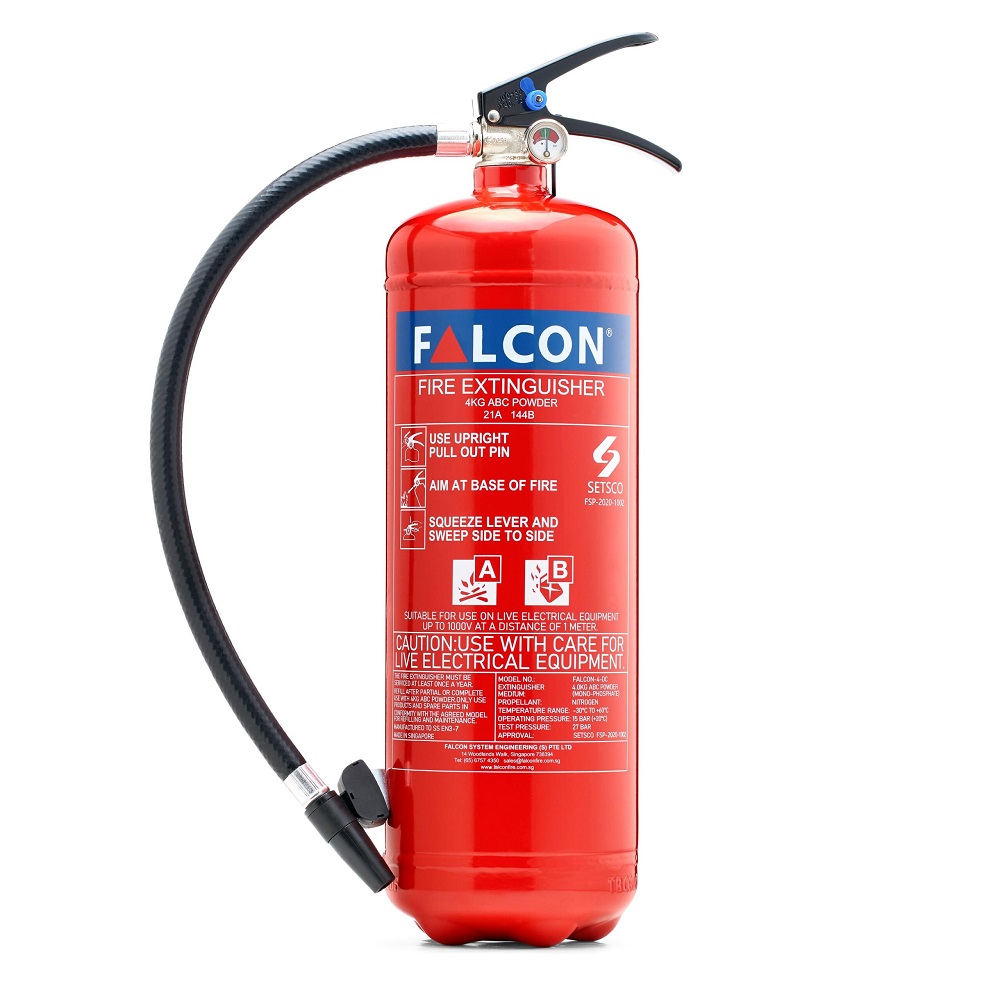
ADA-Compliant Fire Alarm Pull Station Installation
Ensuring that fire alarm pull stations meet ADA standards is crucial for safety.
Accessibility for Operable Parts and Wheelchair Users
Fire alarm pull stations must be accessible to all, including those in wheelchairs. The ADA requires operable parts, like pull handles, to be within reach. Wheelchair users must be able to access and operate these parts without difficulty.
Adjusting Heights for Forward and Side Reach
Proper height adjustments are needed for both forward and side reaches. This lets wheelchair users activate the fire alarm comfortably. The pull station’s height must allow a forward reach between 15 and 48 inches. For a side reach, it must be no higher than 48 inches and no lower than 15 inches from the ground.
Importance of One-Hand Operation and Minimal Force
The ADA emphasizes the need for one-hand operation and minimal force to use the pull station. This design ensures easy use for people with limited hand strength. Users should not need to use tight gripping, pinching, or twisting to activate the station. The maximum force required should be no more than 5 pounds.
Overcoming Obstacles in ADA Fire Safety Compliance
Navigating the waters of ADA compliance can be tricky due to local nuances.
Understanding Local Codes and ADA Divergences
Every area has its own code requirements, which may differ from ADA guidelines. It’s important for building managers to know both sets of rules. Local codes sometimes have stricter provisions than the ADA, especially for fire safety. For a good fit, always check local regulations alongside ADA standards.
Solutions for Accessible Fire Safety Equipment
For ADA fire extinguisher height and equipment placement, collaboration is key. Working with experts helps in choosing equipment that serves all users. Search for ADA-compliant fire extinguishers and alarms. Look for options within reach for everyone, including wheelchair users. By adopting a proactive approach, safety and compliance go hand in hand.
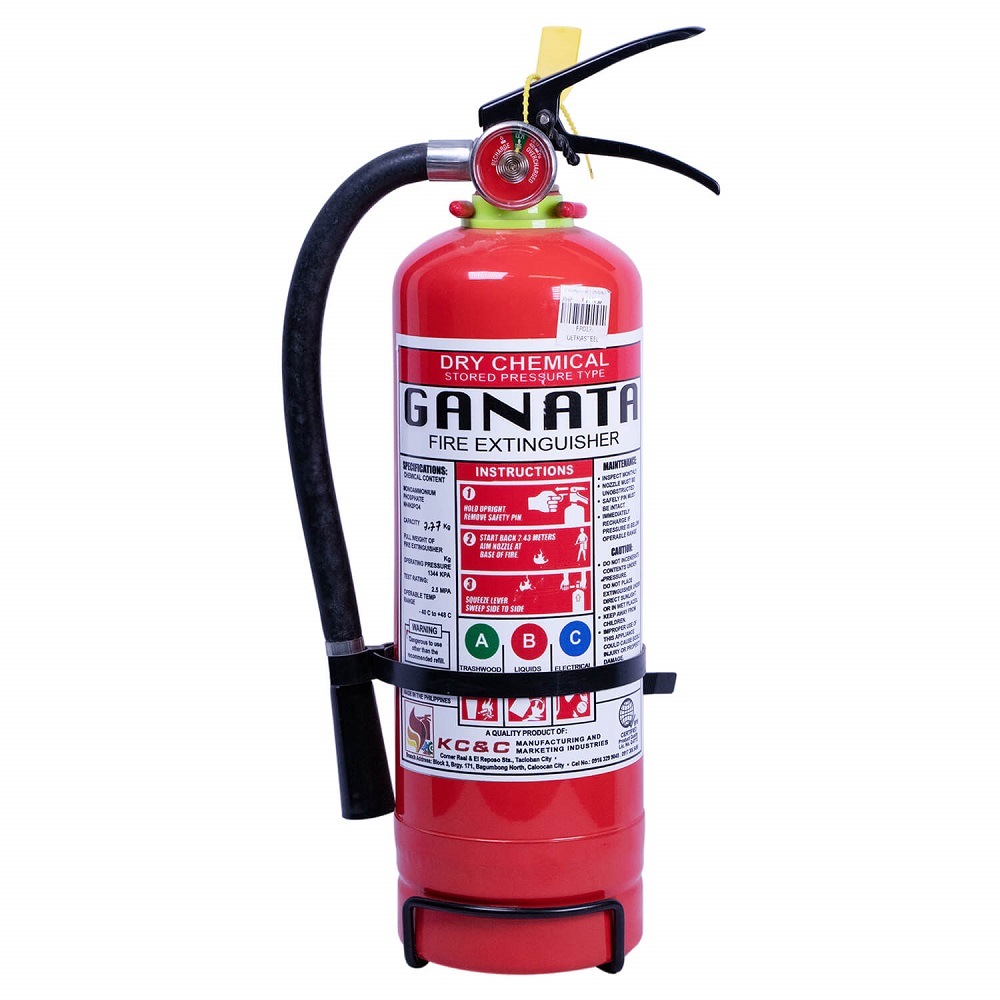
Conclusion
Creating a safe and accessible environment is a vital aspect of facility management. ADA-compliant installations ensure that all individuals, regardless of physical limitations, can navigate a building safely during an emergency. Furthermore, conforming to ADA standards isn’t just about legal compliance; it’s about demonstrating a commitment to inclusivity and safety for every person who enters your building.
The Importance of ADA-Compliant Installations
Ensuring that fire safety equipment like fire extinguishers and alarm pull stations meet ADA standards is crucial. Such measures help prevent accidents for people with visual impairments or mobility issues. ADA-compliant installations also protect building owners from penalties and legal issues arising from non-compliance. Most importantly, they create an environment where everyone has equal access to safety measures.
Resources for ADA Fire Safety Equipment
For facility managers and owners, finding the right ADA-compliant fire safety equipment is essential. Many manufacturers now offer products designed to meet ADA criteria. Local fire safety and disability advocacy organizations can provide additional resources and guidance. Building owners should also review the ADA guidelines regularly and consult professionals to ensure ongoing compliance and safety.
Fire safety is a shared responsibility among all building occupants. By promoting education and awareness, you empower individuals to act confidently in an emergency. Whether you’re managing a commercial property or maintaining a residential building, rigorous adherence to ADA compliance standards can create a secure environment for everyone involved. Invest the necessary time and resources in these vital areas, and you’ll foster a culture of safety and compliance within your facility.
